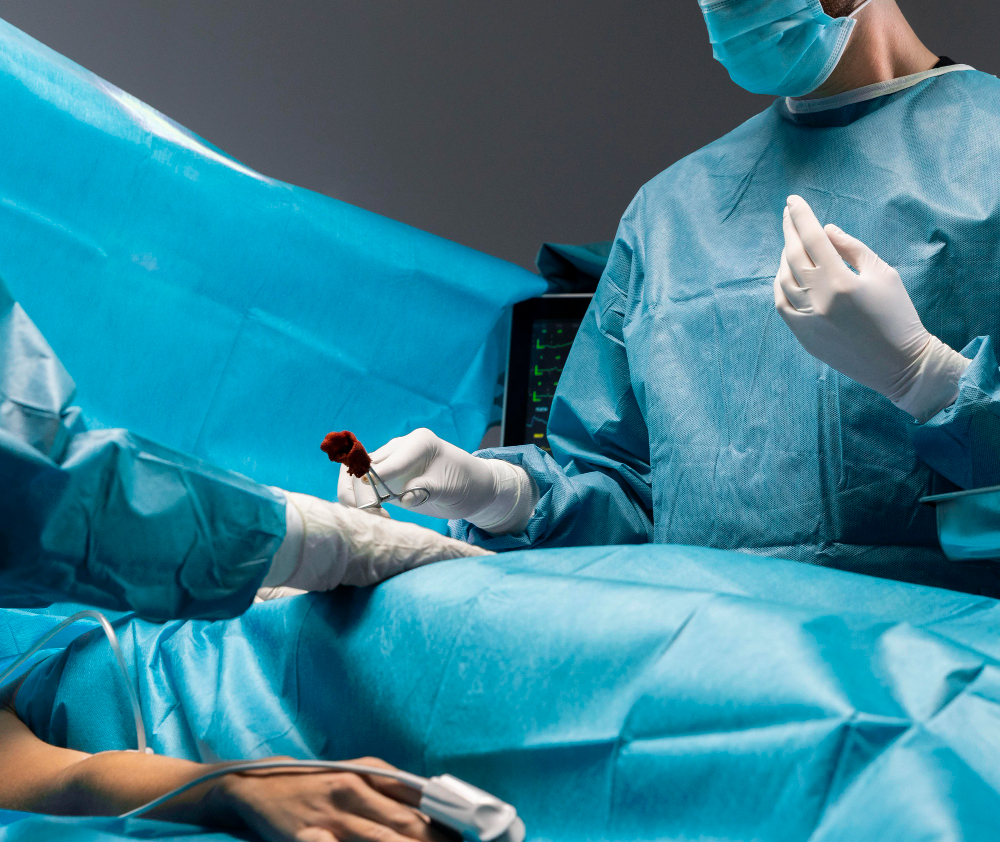What Is Laparoscopic Hernia Repair?
Laparoscopic hernia repair is a modern, minimally invasive surgery. Doctors use small cuts and a camera to fix a hernia. A hernia happens when an organ or tissue pushes through a weak spot in the muscle. With this method, surgeons use special tools to repair the area. Because of the small cuts, patients often heal faster. Laparoscopic hernia repair is now a common choice for many people. According to the CDC, this approach is safe and effective for most hernia types.
Common Symptoms and Causes of Hernias
Hernias can cause several symptoms. However, not everyone feels the same signs. Below are some common symptoms:
There are many causes of hernias. For example, weak muscles from birth or strain from heavy lifting can lead to hernias. Other causes include chronic coughing, obesity, or past surgeries. Age can also make muscles weaker, increasing the risk.
How Laparoscopic Hernia Repair Is Performed
During laparoscopic hernia repair, the surgeon makes three to four small cuts in the skin. Next, a thin tube with a camera, called a laparoscope, goes through one cut. The camera shows the inside of the body on a screen. Then, the surgeon inserts special tools through the other cuts. With these tools, the doctor gently moves the tissue back into place. After that, a mesh patch is placed to strengthen the muscle wall. Finally, the cuts are closed with stitches or glue. Most people go home the same day. The whole surgery usually takes one to two hours.
Benefits of Laparoscopic Hernia Repair Compared to Open Surgery
Laparoscopic hernia repair offers many advantages over open surgery. For instance, the cuts are much smaller. This means less pain after surgery. In addition, people often return to normal activities sooner. Here are some key benefits:
Because of these benefits, many doctors now recommend laparoscopic hernia repair when possible. However, not everyone is a candidate. Your surgeon will help decide the best option for you.
Risks and Potential Complications
Although laparoscopic hernia repair is safe, all surgeries have risks. Some possible complications include:
Most people do not have serious problems. Still, it is important to follow your doctor’s advice. If you notice fever, severe pain, or swelling, contact your healthcare provider right away.
Recovery Process and Aftercare Tips
After laparoscopic hernia repair, most people recover quickly. Usually, you can walk the same day. However, you should avoid heavy lifting for a few weeks. Here are some helpful recovery tips:
Most people return to work or school within one to two weeks. However, everyone heals at their own pace. Always ask your doctor before resuming exercise or sports.
Prevention and Lifestyle Guidance
While not all hernias can be prevented, you can lower your risk. For example, keeping a healthy weight helps reduce strain on your muscles. Here are some prevention tips:
By making healthy lifestyle changes, you can reduce the risk of future hernias. Early treatment leads to better outcomes.
In summary, laparoscopic hernia repair is a safe and effective method for fixing hernias, offering faster recovery and less pain compared to open surgery. However, consult your doctor to determine if this option is suitable for you.
Consult a qualified surgeon at HS Hospital to discuss if laparoscopic hernia repair is right for you.

